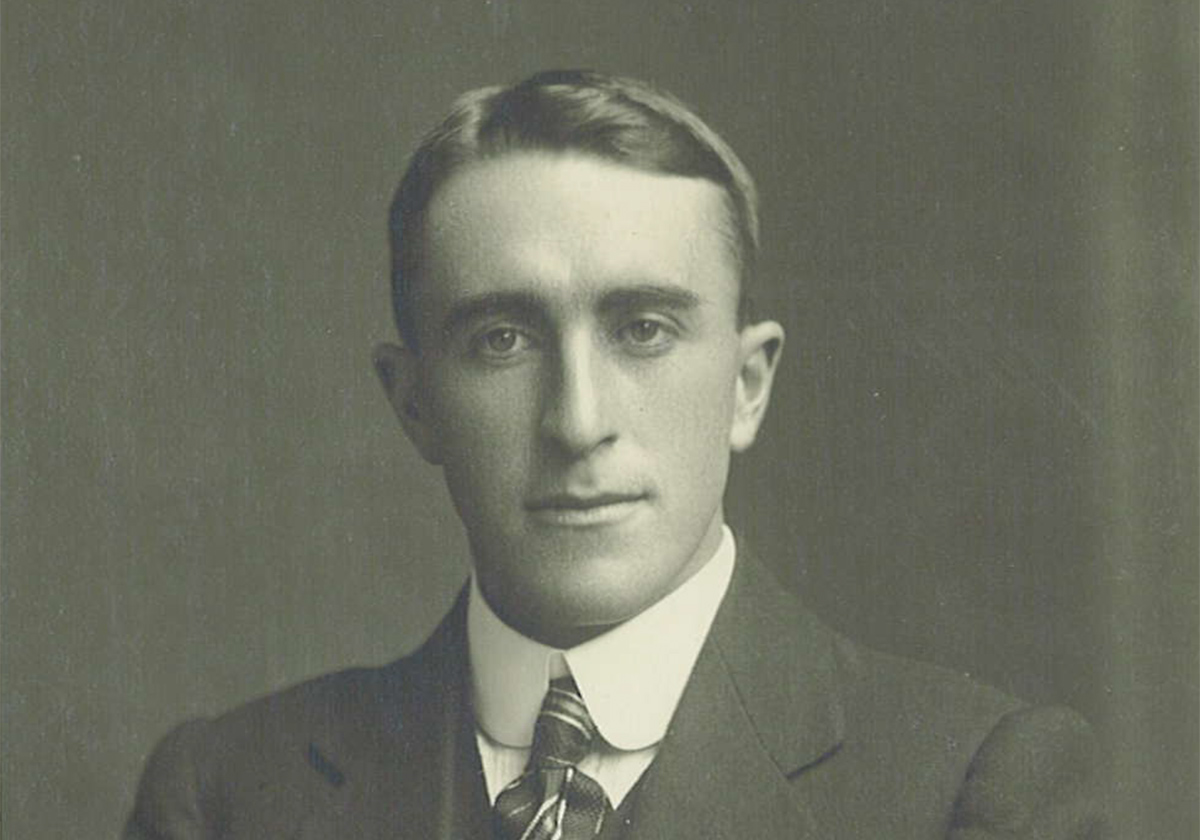Gallipoli.
It is the name embedded deep in the Australian psyche. The place that gave birth to the ANZAC Legend. The iconic wartime campaign that shaped the federation and embodied our sense of nationhood.
But when CBA clerk Vivian Brooke hit the beaches on the Gallipoli Peninsula at 4.30am on 25 April 1915 in the first wave of Australian troops ashore, his only thoughts were of reaching his unit’s objective in White Gully, south of Anzac Cove, alive and unscathed.
Faced with withering fire and a counter-attack from the Turkish defenders Brooke and the other 19 men of his platoon, part of the 12th Battalion of the Australian Imperial Force, were ordered to retreat.
However, in what is now recognised as the personification of bravery and courage forged in the heat of battle at the first-time of asking, Brooke refused to do so and continued fighting until he was wounded and subsequently captured.
A prisoner of war, he was taken to the coastal town of Maidos, now Eceabat, where he was treated for his wounds in a hospital with other incarcerated allied troops.
But in one of the countless tragedies of war, the hospital was destroyed during a British Royal Naval bombardment of the town, killing many of Brooke’s wounded colleagues while he himself was further injured.
Having survived that ordeal, he was transferred with other Australian POWs to the town of Bigha but gravely injured he died of his wounds in early May – little more than two weeks after the Gallipoli landings. He was just 27.


